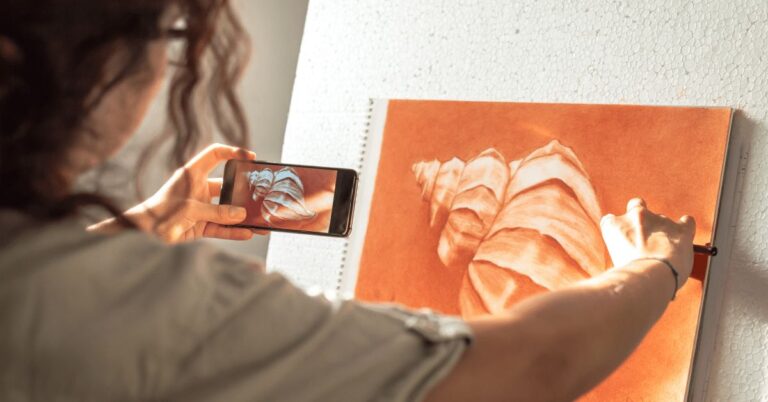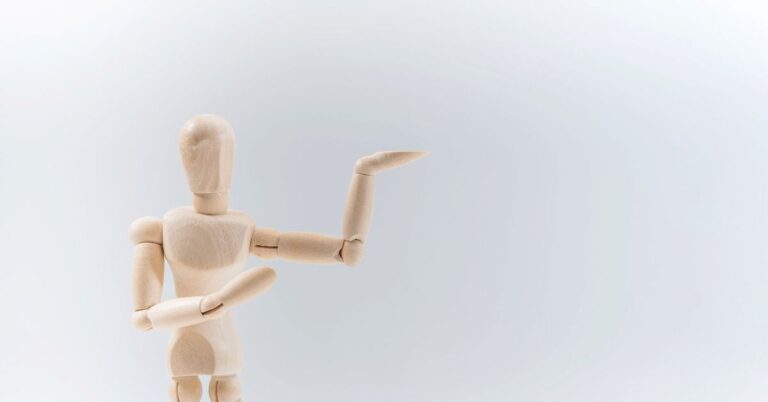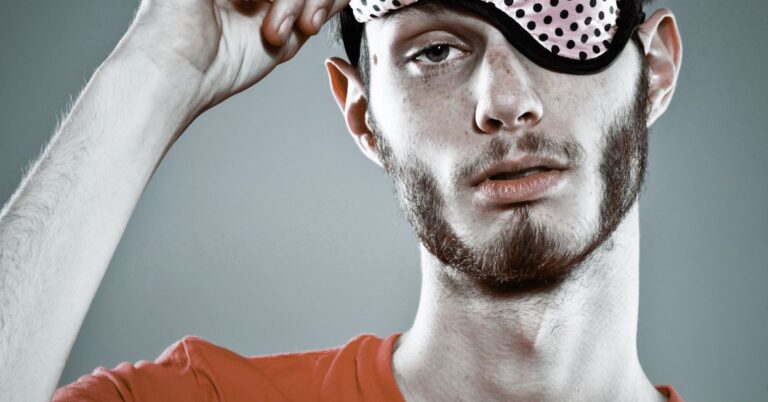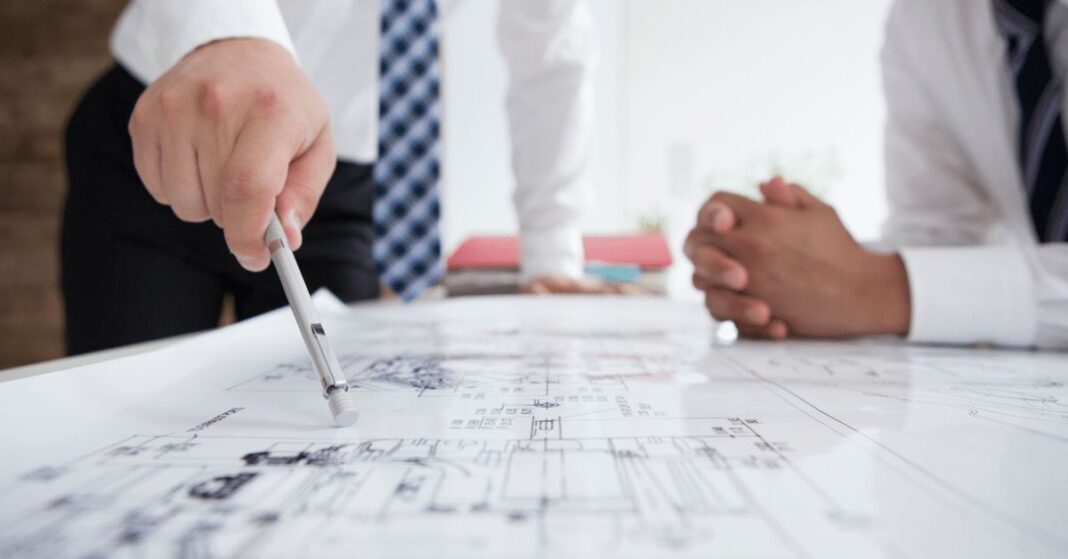Introduction
If you are trying to draw female characters, you might be wondering where to find some good legs drawing reference. If you are not sure where to start, this article will show you how to find leg poses that you can reference. It will also provide tips on how to draw arms. Legs can help your characters look more realistic and make them appear grounded. Besides being the foundation of a character’s body, legs can also help you to add depth to a scene.

Female legs drawing reference
To draw female legs, you’ll need to take into account the proportions and shapes of the front and back legs. In the front view, the line indicating the bottom of the legs is above the toes. The legs curve inwards toward the center of the body from their knees to their lower portions. The curves on the back and front legs tend to be smooth, but you can use real photographs as reference. Here are some tips for drawing female legs.
How to draw legs
The first step in drawing a character’s legs is to understand the anatomy of the leg. Unlike other parts of the body, legs have many distinct features and must be carefully drawn. A properly drawn leg helps ground a character in the scene or setting. Here are some tips to help you get started. If you’re looking for an easy way to draw legs, follow these guidelines. Listed below are some tips to help you draw the leg of a character.
The leg consists of four parts: thigh, knee, hip, and calf. A typical human leg has four bones and numerous muscles. A person’s leg has a very wide range of motion, thanks to its joints. Unlike most other parts of the body, the human leg is not a hinge. It allows a person to move in several different directions, including twisting, extending, and flexing his or her leg.

Leg poses reference
The position of the legs can define the pose of a figure. To draw the leg shapes correctly, you have to understand what the body part is supporting the most weight. Often, a standing pose requires a firmly planted leg and a playing pose requires a free-moving leg. If the leg is stable on the ground, the weight of the body can be evenly distributed across both legs. Alternatively, the leg may be in a free-moving position.
Using reference pictures is a good way to start. Sketching leg anatomy can be very enjoyable! There are numerous ways to draw leg anatomy, from sketches to full-scale models. To get started, you can take the time to study the anatomy of the legs of others. Try using a reference video, a picture book, or a photo of yourself to get started. Just remember to draw the leg from a realistic angle.

Arms drawing reference
When you’re working on an arm drawing, it’s helpful to get some arms drawing reference. You can find a wide range of pictures on the internet. You can find a variety of reference materials at free stock photography websites. One useful resource is Pexels.com, which has thousands of free stock photos of arm shapes. For example, you can find a video tutorial on how to draw a crazy ball of arms. In this video, the instructor will teach you how to draw the arms in different poses: in the sleeve of a shirt, attached to the body, and with almonds. Likewise, you can view the drawing reference in the drawer menu of your browser.
While drawing the arm, remember that there are many different bones that connect to the hand. The upper arm falls straight from the shoulder, while the elbow may extend backward. Remember that an arm is never fully extended when it’s at rest. Also, the wrist does not hang vertically like the elbow. And because of this, the fingertips always curl when relaxed. These important facts about human proportions will help you to create accurate drawings of the arm.

Leg anatomy drawing reference
Trying to draw a leg? You should know its anatomy and how it works. The legs are made of a series of bones, ligaments, tendons, and muscles. Understanding these muscles and their functions is crucial for drawing the leg. Each part of the leg controls a different movement and is controlled by the anatomically preceding part. The thigh and pelvic muscles control the movements of the lower leg, ankle, and foot.
Among the different muscles in the leg is the gluteus medius. Although it is small, this muscle latches on to the IT band and is the most prominent one. A leg drawing that doesn’t include it will look unnatural and wrong. The gluteus medius muscle originates from the posterior portion of the ilium and inserts on the lateral surface of the greater trochanter. In addition, the vastus lateralis is the most visible muscle in the leg.
Leg reference photo
Finding a good leg reference photo is crucial to your success. There are many different ways to do so, but the most effective approach involves observing plenty of photos. You can use free stock photos from sites like Pexels or Unsplash to gain an understanding of leg anatomy. You can also use photographs of legs to practice your drawing by copying the shape of three different sets of legs and creating a ball of them. This ball will allow you to practice drawing legs in various positions, including bent, straight, and inverted.

leg reference
Sketching leg anatomy is a fun and rewarding way to develop your drawing skills. The leg is the longest bone in the body, making it an excellent drawing reference. Its length is approximately the same as that of the tibia and fibula, and it does not follow the general axis of the thigh, slanting inward and downward. When sketching leg anatomy, try to include both the femur and tibia.
It helps to understand how the human body works by studying anatomy. Legs are comprised of two bones: the upper leg and the lower leg. The upper leg is comprised of one bone, the thigh, while the lower leg is composed of two bones. The patella protects the knee joint. Understanding leg movement is essential to creating accurate leg drawings. Learning the function of the muscles in your leg is the first step in drawing the leg.
Female leg reference
The proportions of the female leg should be taken into account when drawing it. The proportions of the front leg are generally the same as those of the back leg, so looking at photos of real legs can help you achieve the desired results. Here is a basic tutorial on how to draw a female leg. Once you have mastered the basics, you can begin practicing with your own drawing. To improve your skills, practice with several pictures of different legs to achieve a more realistic look.
The leg shapes of males and females are not the same. While the legs are generally similar, men have larger muscles under their skin. Hence, their legs should look big and stable. Moreover, their thighs should be close together near the crotch. For accurate results, draw them in proportion to the body’s proportions. However, when drawing a woman, it’s important to remember that there are different proportions of the arms, hands, and legs.
Legs Drawing Reference Books
The legs are an important part of any character’s torso, because they give the character its grounding, rooting it into a scene or setting. As you practice drawing these parts of the body, you will begin to see how they relate to the rest of the body. Hopefully you’ll be able to create a well-recognized character, one that will stand out in the crowd. Here are some great leg drawing reference books to get you started:
Figure drawing
To begin drawing a figure’s legs, you need to understand the anatomy and what to show. You can use a reference photo or find an online drawing tutorial to get started. Then, you can practice drawing your legs by using a variety of reference images. Here are some tips to remember:
Try searching for free reference images of legs online. Various websites offer images for reference. Freshdesigner has a great collection of photos. You can also check out their blog posts, workshops, and private reference library. A quick search will turn up several pages of images. You can even follow the link to Chris Legaspi’s blog to learn more about finding images for reference and what to avoid. The site offers both male and female images of legs.
Aside from photos of legs, you can also find other models for other parts of the body. Models are used by artists and students in different disciplines. Schools of the fine arts often employ models for their classes. In addition to being useful for practicing the art of drawing, these models are also a good way to learn about anatomy. By studying models in detail, you’ll be able to capture minute details about the body. Drawing a full figure is tricky, but studying a model in a sexless state can help you see the entire range of poses and get a better feel for proportion.
Muscle anatomy
The muscles of the leg are made up of several distinct compartments. The lateral compartment (called the evertor compartment) starts at the lateral surface of the fibula, runs inferiorly down the leg, and terminates at the superior fibula retinaculum. The compartment is lined with many muscles, including the fibularis anterior and tibialis posterior, which originate on the lateral surface of the fibula.
The muscles of the leg are divided into anterior and posterior groups, with a deep and superficial layer. The muscles of the leg are extensors and flexors and are responsible for foot and ankle movements. In addition to being divided by function, the muscles of the legs are also grouped based on their innervation. Each of these muscle groups is important for the functioning of the leg. However, it is important to remember that there are several overlapping groups and subgroups within the anterior and posterior leg muscles.
The quadriceps femoris is composed of four muscles. These muscles start in the upper leg and end at the knee. Skeletal muscles are comprised of many individual fibers that bundle together to form a striped appearance. When the muscles in the leg are damaged, the result can be a condition called foot drop. Nerve injury or a stroke can cause foot drop. When this happens, it can cause a person to be unable to lift their foot.
Pose
Draw a straight line to represent the leg. The length does not matter for this step. Make sure to include the top and bottom notch of the leg, representing the hip and ankle. Later, you can add other details to the leg. Once you have the basic shape of the leg, you can proceed to sketching. Legs are very important for defining the poses of a character. To draw an accurate leg, follow the steps listed above.
Start with a photo reference of a person’s legs. Figures that have legs have strong, realistic foundations. Figures with good leg day are more lifelike, and the femur is the widest point of most males. Start with a photo reference of a person’s legs to get a better understanding of their anatomy. Then, use the photos as reference for your drawing. There are many good images of legs on the internet.
The calf muscle is located on the outside of the leg. It is separated from the quad muscles by the sartorius muscle. We will learn more about it in the muscles section. Many other muscles of the leg connect to the medial condyle of the tibia and the calf muscles. Drawing the sartorius muscle is easier than drawing the adductors, but you’ll still need some practice to master this part of the body.
Skeletal structure
The human leg is a complex system of bones and joints. The hip joint connects the pelvis and thigh bone. The femur is the largest bone in the body, weighing up to 30 times as much as the rest of the body. It also forms part of the knee and hip joints. There are several other bones in the leg that are not nearly as large as the femur, but still play important roles in the body.
The tibia, the long bone on the lateral side of the leg, is the weight-bearing bone in the lower leg. The tibia is the second-longest bone in the body after the femur. It is easy to palpitate and can be felt down the entire length of the medial leg. The fibula, on the other hand, is the smaller and thinner bone in the lower leg, and is located on the lateral side of either leg.
The tibia is formed by a triangular structure. The thigh is wider than the knee, and the femur is vertical, with the thigh and leg separated by the intercondylar fossa. The angle between the femur and the vertical is called the Q-angle, and is usually between ten and fifteen degrees. Typically, females have larger Q-angles than males because of their wider pelvis. Because of this, females are more prone to patellofemoral syndrome.
Properly constructed legs
A well-constructed leg is an important aspect of a character’s pose, especially in a figure drawing. Drawing the leg correctly is critical, and incorrectly drawn legs are an indication of a drawing error. Below are some tips for drawing properly-constructed legs:






